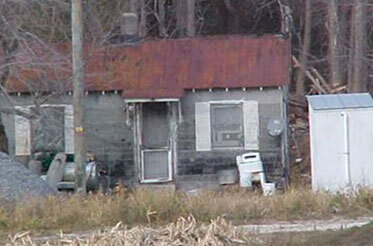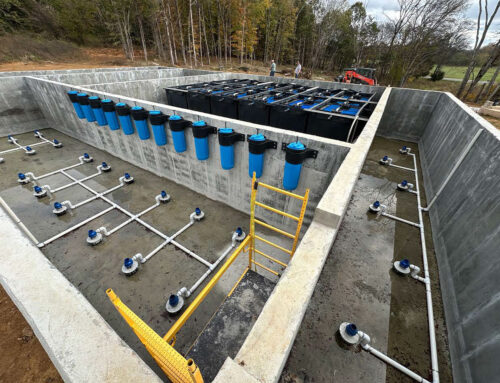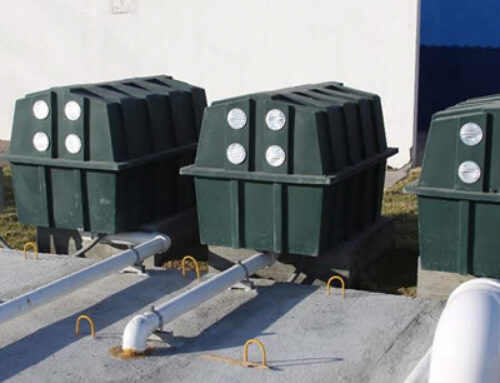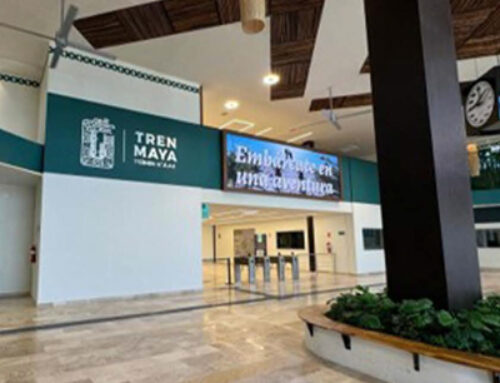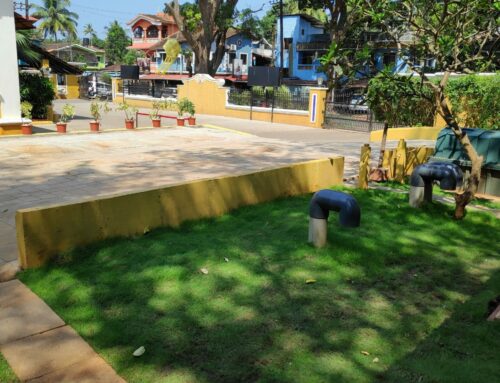Bayview Community
Wastewater Treatment System
Northampton County, VA (eastern shore)
| Project Name: | BAYVIEW REVITALIZATION PROJECT |
| System Specifications: | MICROFAST TREATMENT UNITS |
| Virginia Distributor: | NATURE WORKS, Inc. |
Overview
Challenges
The Bayview Revitalization Project replaced housing and utility infrastructure in one of Virginia’s poorest communities. Previously, housing had been substandard and poorly maintained, with poor to non-existent sanitary facilities, mostly outhouses, and no commercial facilities. Most drinking water came from shallow wells contaminated by surface water and nearby pit privies.
Improvements to the water and wastewater systems allowed the construction of 32 new rental homes and ten single family houses. The blighted structures were torn down to prevent re-occupancy.
System Design
The community sanitation system consists of septic tank effluent pump systems conveying wastewater to a main pump station located on the east side of State Road 684. The main pump station discharges the combined flow to a concrete splitter box, dividing the flow evenly to three MicroFAST® 9.0 wastewater treatment units. Each MicroFAST 9.0 unit treats up to 9,000 gallons per day of domestic wastewater for a combined treatment capacity of 27,000 GPD.
The effluent from the MicroFAST units complies with the Virginia Department of Health Treatment Level 2 (TL-2), which requires BOD and TSS averaging less than 30 mg/L each. According to the Eastern Shore Department of Health, there is no current nitrogen, ammonia or phosphorus limit to receiving drainfields. There is a nitrate limit of 5 mg/L at the boundary edge of the drainfields and above the water table. The drainfield uses low pressure pipe dispersal. A later phase for 10 additional homes added a MicroFAST 4.5 (4,500 GPD treatment unit).
The Bayview wastewater collection and treatment system was put in service in 2003 at the same time as the water system. The original plan called for the Bayview Committee to provide maintenance of the system but an effective program never materialized. From 2003 to 2009, the WWTP received very little attention. That it continued to operate is a testament to the simplicity of the engineering design and the robustness of the FAST treatment process. In 2009, the Northampton County took over maintenance and began a catch-up program.

